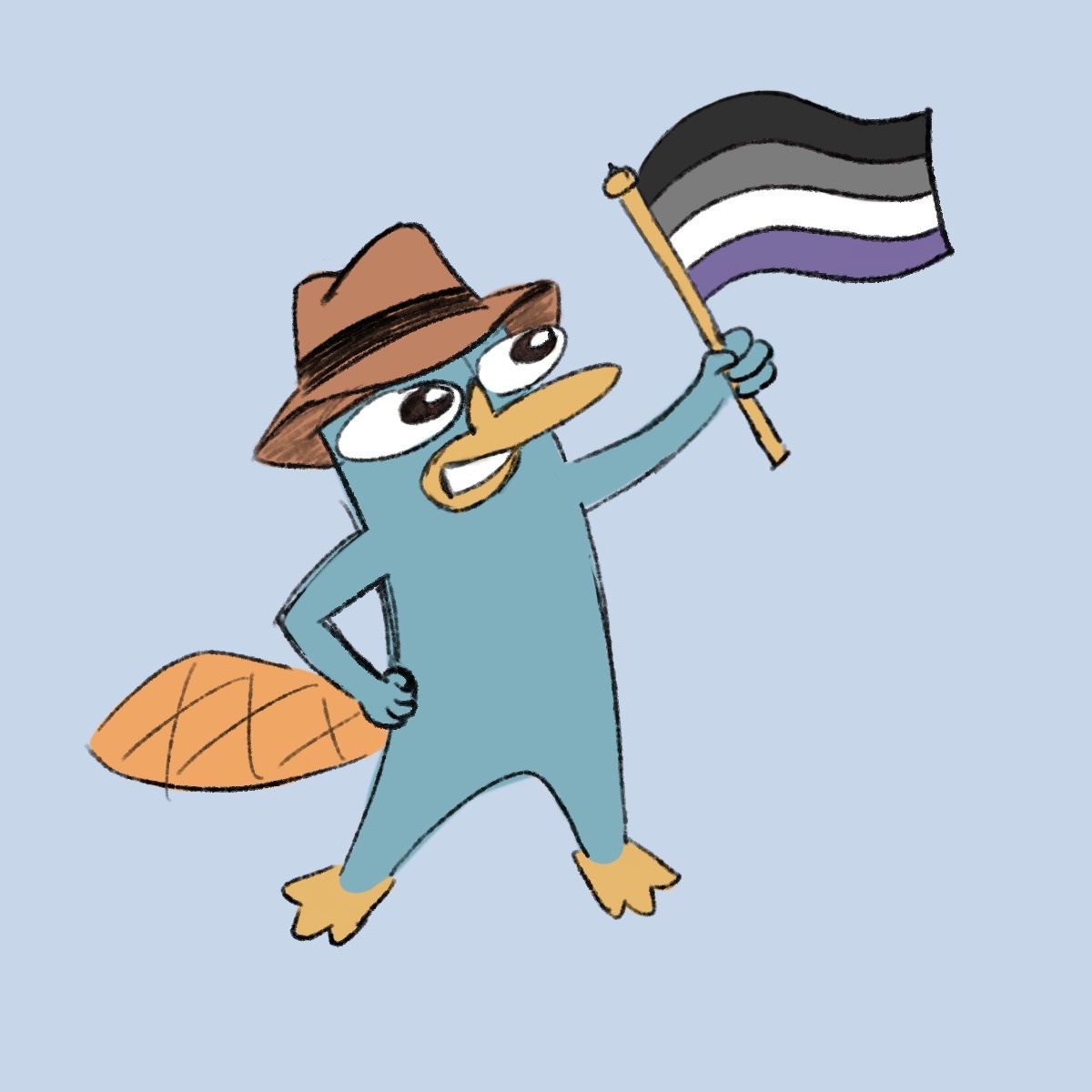International Asexuality Day: Dispelling Myths About Asexuality

Table of Contents
Debunking the Myth: Asexuality Means Lack of Desire or Intimacy
Many misunderstand asexuality as a complete absence of desire or the inability to form intimate relationships. This is a significant misconception. Asexuality is a sexual orientation, defining one's experience of sexual attraction, not their capacity for love, connection, or intimacy. It's crucial to understand the difference between various types of attraction:
- Sexual Attraction: The desire for sexual activity with someone. This is absent in asexuality.
- Romantic Attraction: The desire for a romantic relationship with someone. Asexual individuals can experience romantic attraction.
- Sensual Attraction: The desire for physical touch and closeness. Asexual people can experience sensual attraction.
Asexual individuals can and do have fulfilling, loving relationships, experiencing deep emotional intimacy, companionship, and affection. They may form strong bonds with partners, friends, and family, experiencing the full spectrum of human connection. Their relationships simply don't include sexual attraction.
Dispelling the Myth: Asexuality is a Choice or a Mental Illness
A critical misunderstanding is the belief that asexuality is a choice or a mental illness. This is unequivocally false. Asexuality is a sexual orientation, just like heterosexuality or homosexuality. It's not a decision one makes; it's an inherent aspect of identity.
- The Diagnostic and Statistical Manual of Mental Disorders, Fifth Edition (DSM-5), the standard classification of mental disorders, does not classify asexuality as a mental illness.
- Numerous medical and psychological professionals recognize asexuality as a valid sexual orientation.
Labeling asexuality as a mental illness is harmful, contributing to stigma, discrimination, and internalized homophobia within the asexual community. It perpetuates the misconception that asexual individuals need "fixing" or "treatment," causing unnecessary emotional distress.
Addressing the Myth: Asexual People are Repressed or Broken
The idea that asexual people are repressed or somehow "broken" stems from societal norms that often equate sexual activity with normalcy and fulfillment. This is a damaging stereotype. Asexuality is a valid and natural variation in human sexuality, representing a diverse experience within the spectrum of human identity.
- Asexual individuals lead full and satisfying lives, pursuing careers, building relationships, and engaging in various hobbies and interests.
- Many asexual individuals find joy and fulfillment in non-sexual aspects of intimacy, such as emotional connection, shared activities, and intellectual stimulation.
- The pressure to conform to societal expectations of sexual activity can lead to internal conflict and self-doubt for asexual individuals.
Understanding the Spectrum of Asexuality
The asexual community is diverse and encompasses a wide spectrum of experiences. It’s important to acknowledge that asexuality isn't monolithic. Here are some terms on the asexual spectrum:
- Gray-asexual (Gray-A): Individuals who experience sexual attraction infrequently or under specific circumstances.
- Demisexual: Individuals who only experience sexual attraction after forming a strong emotional connection with someone.
Understanding this spectrum is vital to appreciating the diversity within the asexual community and promoting inclusivity. Further research into these and other identities on the asexual spectrum can help foster understanding and allyship.
Celebrating International Asexuality Day: Promoting Visibility and Understanding
International Asexuality Day is crucial for raising awareness, combating prejudice, and fostering acceptance of asexuality. It's a day to celebrate the asexual community, promote visibility, and educate others. You can show your support in several ways:
- Educate yourself and others about asexuality.
- Share resources and information about asexuality on social media.
- Attend or organize local events celebrating IAD.
- Become an active ally and advocate for the asexual community.
Conclusion: Embracing Asexuality and Promoting Inclusivity
International Asexuality Day provides an invaluable platform to dispel harmful myths and misconceptions about asexuality. We've explored the common misunderstandings surrounding asexuality, emphasizing that it's a valid sexual orientation, not a choice, a mental illness, or a sign of repression. Asexuality is a natural variation in human sexuality, and the asexual community deserves respect, understanding, and acceptance. Let's celebrate International Asexuality Day by dispelling myths and promoting understanding of asexuality. Learn more and become an ally today!

Featured Posts
-
 Mets Host Blue Jays In Queens Key Details For The Series
May 19, 2025
Mets Host Blue Jays In Queens Key Details For The Series
May 19, 2025 -
 How To Redirect Mail After A Royal Mail Address Change
May 19, 2025
How To Redirect Mail After A Royal Mail Address Change
May 19, 2025 -
 Tampoy I Marilena Dexetai Epithesi Me Maxairi Deite Ti Tha Ginei Sto Epomeno Epeisodio
May 19, 2025
Tampoy I Marilena Dexetai Epithesi Me Maxairi Deite Ti Tha Ginei Sto Epomeno Epeisodio
May 19, 2025 -
 Orlando Bloom Heats Things Up With A Cold Plunge Workout
May 19, 2025
Orlando Bloom Heats Things Up With A Cold Plunge Workout
May 19, 2025 -
 Euro And Us Futures Swissquote Banks Market Analysis
May 19, 2025
Euro And Us Futures Swissquote Banks Market Analysis
May 19, 2025
